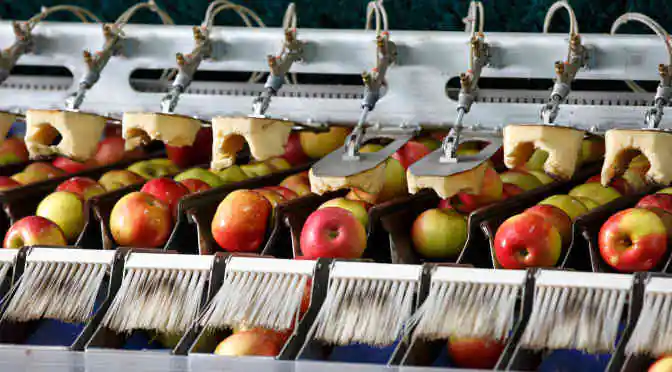The global food and food processing industry is on the threshold of a major alteration. Food technologies like bio-innovation, robotics, gene editing, and AI have redesigned the way in which we produce food and manage demand. As the population has increased at a rapid pace, the quantity of agricultural yield has gained a lot of attention. Therefore, industry experts are promoting food technology as the savior of the food industry’s future.
Why food technology? Are we running out of food?
As far-fetched as it sounds, just as with water and agricultural soil, we might run out of food as well. By 2030, per the UN, the global population is expected to number around 8.5 billion. Consequently, there is a need for focused action to increase food yield.
With a third of arable land being degraded and the food sector alone accounting for 70% of global water usage, the threat of running out of food seems to be quite real. And, this could happen sooner than predicted.
The only way to face the glaring threat of food deficit is by deploying sustainable modes of food production. Through food fabrication, nerd farming, and waste recycling, food technology can help all the major stakeholders in the industry to meet the growing demand for food. As a result, food technology is afforded its fair share of funding and R&D.
3D-printed food: An innovative technology with immense potential
By integrating technology and digital gastronomy techniques, 3D food printers manufacture customized food products. Herein, the potential benefits of 3D food printing — like conversion of algae and beet leaves into proteins — are what make it a promising food technology.
3D-printed food also helps save time and effort and is the key to sustainable food creation. Unlike traditional food manufacturing systems, food printers minimize waste with the use of hydrocolloid cartridges that form gels when combined with water.
Already, restaurants like Food Ink and Melissa are innovating their cuisine with the help of 3D food printers. Even hospitals have turned to 3D-printed food to cater to the special needs of their patients. For instance, the Isala Hospital in the Netherlands has switched to 3D-printed meals for their aged care patients. This 3D-printed food has better nutritional content and is customized for patients who have difficulty chewing food.
The takeaway: Food technology is the future, provided…
Food technology has surely changed the way in which food is produced and consumed. Even though the future does not totally belong to technology-driven food production, these techniques do have a critical role to play. Consequently, in the long term, it will be a mix of government policies and business ethics which will have a major influence on the food industry.
According to our expert analysts, the governments of the world should:
- Provide smaller farmers with capital to invest in technology
- Create an environment which fosters collaboration between farmers, universities, and tech companies
- Encourage tech innovation which will help small farmers in developing economies to bridge the ‘last mile’ problem
- Embrace technologies like big data and satellites to increase the adoption of smart farming techniques.



